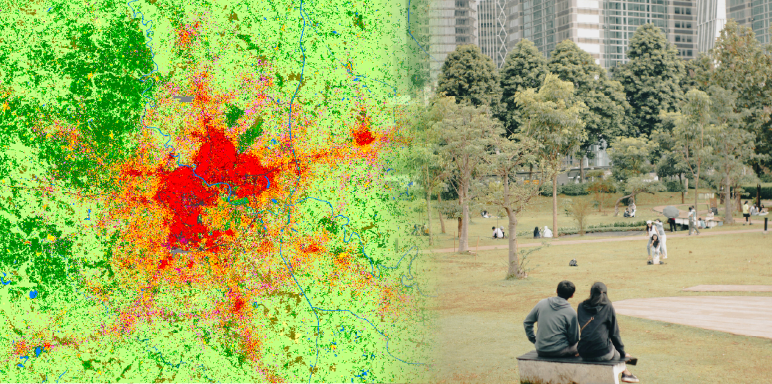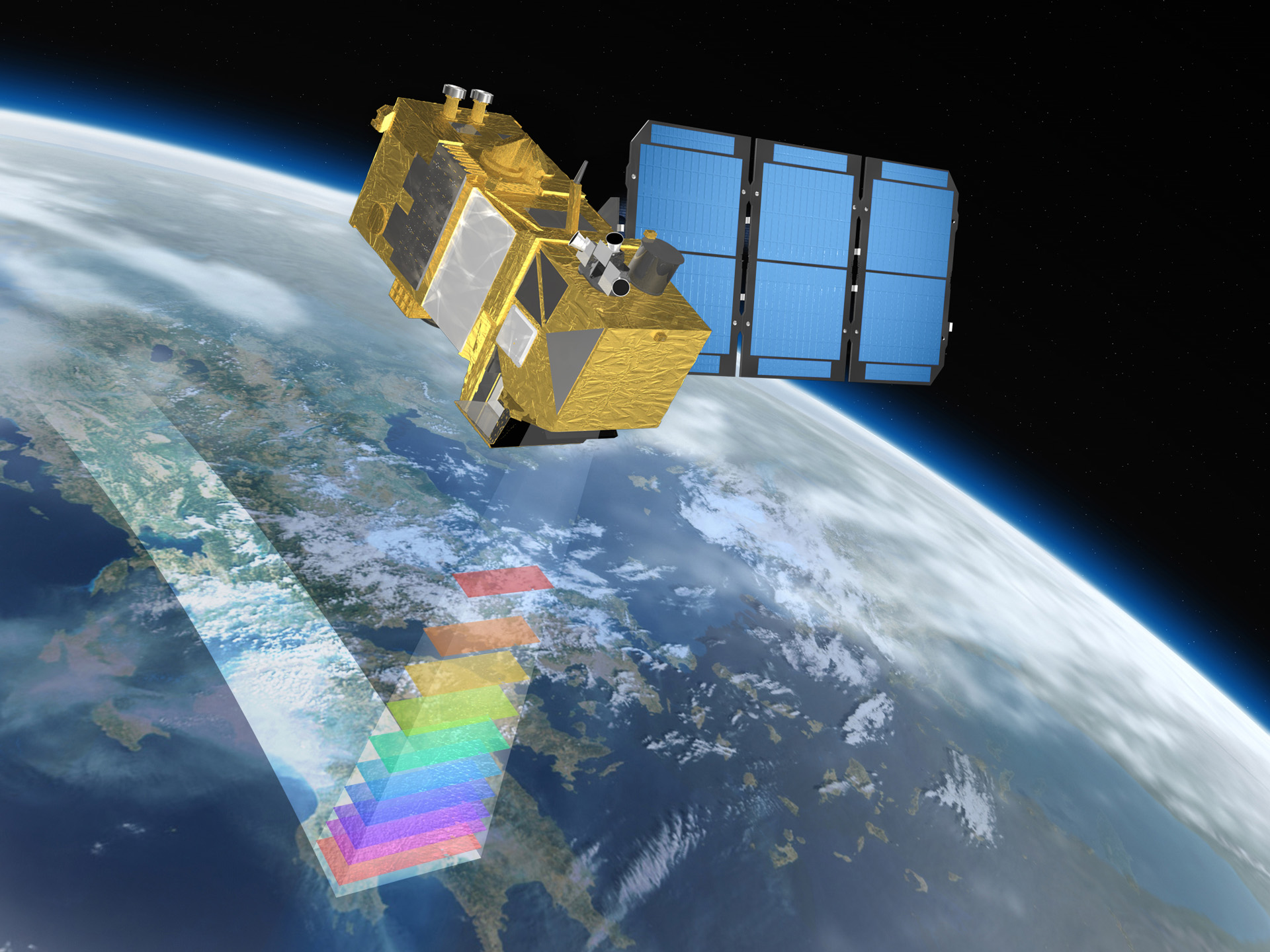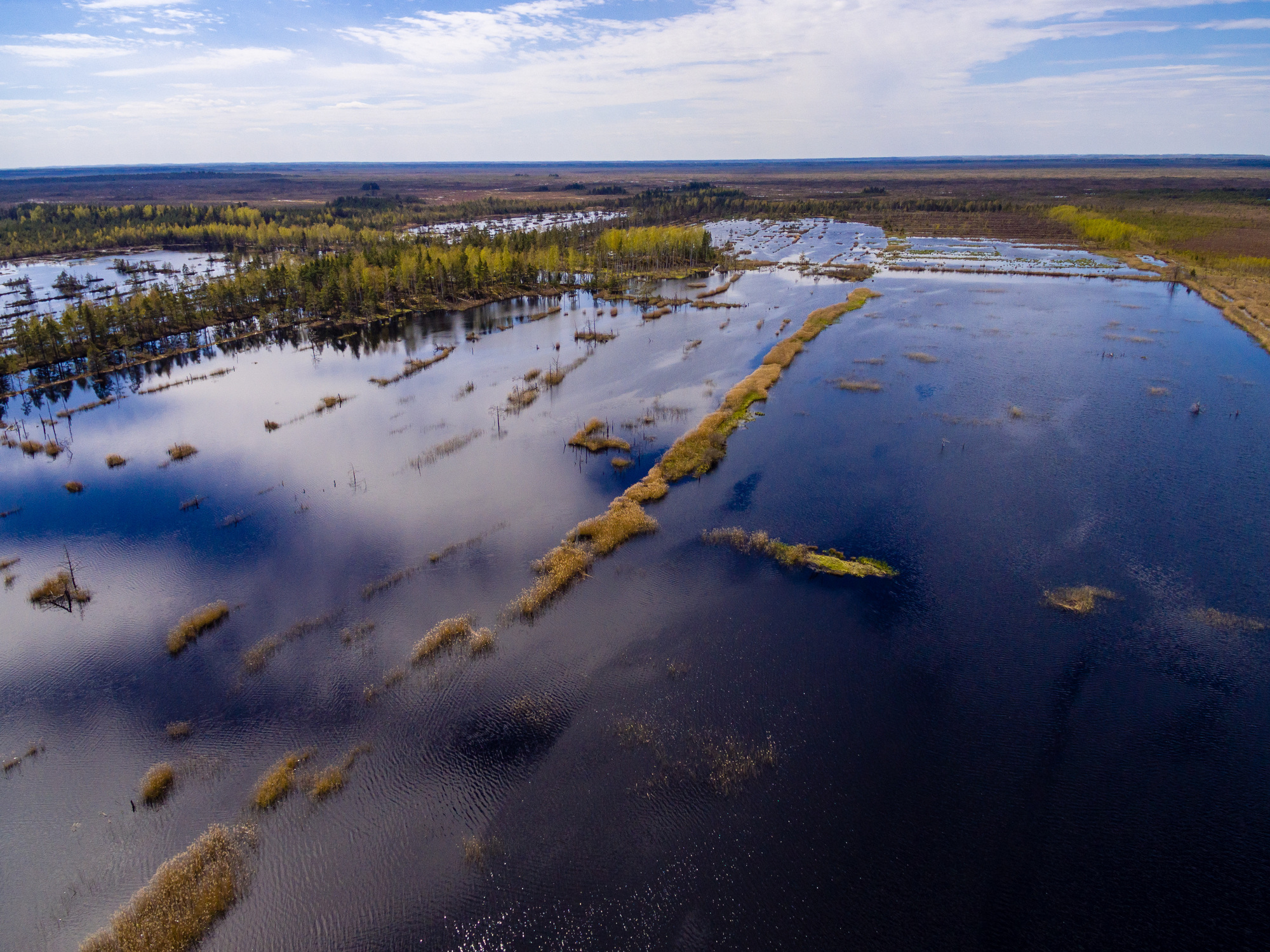Larsen C ice shelf, antarctica
Larsen C is the fourth largest Antarctic ice shelf, with an area of about 44,000 km². From July 2017 on wards, a large iceberg (A-68) with an area of 5,800 km² has started to calf off from the main shelf and is gradually splintering into smaller icebergs. This calving and splintering process can be seen by comparing the 100 m images of 4 November 2017 with the image of 7 January 2018.
Click here for a full screen view
changes in the Nile Delta, Egypt
The Nile Delta in Egypt is a very dynamic area. Between 2014 and 2018 the area has changed quite significantly. East of the Nile Delta you can clearly see the second Suez canal which was completed in 2015.
Further, in the eastern part of the Nile Delta, pivot irrigation fields replaced the dry desert, while in the western part the opposite occurred.
Click here for a full screen view
Recovery of Lake Poopó, Bolivia
Lake Poopó is a shallow saline lake at high altitude (3,700 m), located in the Bolivian Andes.
It once covered an area of about 1,000 km², but quickly dried up in 2015 due to a persistent El Niño drought and by water diverted from the lake for agriculture and mining. However, wetter conditions during the 2017-2018 raining season have replenished the lake to its original size.
Click here for a full screen view
Umm A'Sammim, Oman
The yellow parts in the 2014 and 2018 images are sand dunes, while the large dark area is the Umm A’Samim, a sabkha formed where the aquifer fed by the southern slopes of the Western Hajar mountains comes to the surface. It was probably a shallow paleolake 5,000 – 20,000 years ago. The water under the sabkha is highly saline and includes potassium chloride. The dark appearence is caused by archaeo-bacterial communities at the surface and a change in colour among others indicates dissolution of surface salts by local rain water.
Credits: Simon Wilson, Five Oceans Environmental Services - Oman
Click here for a full screen view
Wadi system in dhofar, Oman
In 2014 and 2018, PROBA-V captured these beautiful images of the confluence of wadis in the Dhofar region of Oman. The wadi system is just to the south of the Rub’al Khali or “Empty Quarter”, the largest contiguous sand desert in the world. The agricultural oasis of Shishr (or Wubar), with pivot irrigation using aquifer water, stands out as red dots and have significantly increased between 2014 and 2018.
Click here for a full screen view
Pampas recovered from wildfires, Argentina
Fueled by dry, hot weather, and strong winds, during December 2016 and January 2017 about 10,000 km² of the Argentina pampas were burnt. The 100 m image of 6 January 2017 clearly shows the burnt areas which stand out as dark brown/blackish patches, while some of the wildfires’ smoke plumes are visible in light-blue. The 100 m image of 24 July 2017 shows the pampas’ recovery.
Click here for a full screen view
2018 CALIFORNIA wildfires, USA
The 2018 California wildfire season was the most destructive on record, with lots of personal and material damage. The dramatic Camp Fire near Sacremento and San Francisco, with more than 600 km² of burnt area, started on 8 November 2018 and the fires were still fully raging one week later, as can be seen from the extensive smoke and ash plumes in the 300 m image of 14 November 2018.

Image Quality
Image Quality




